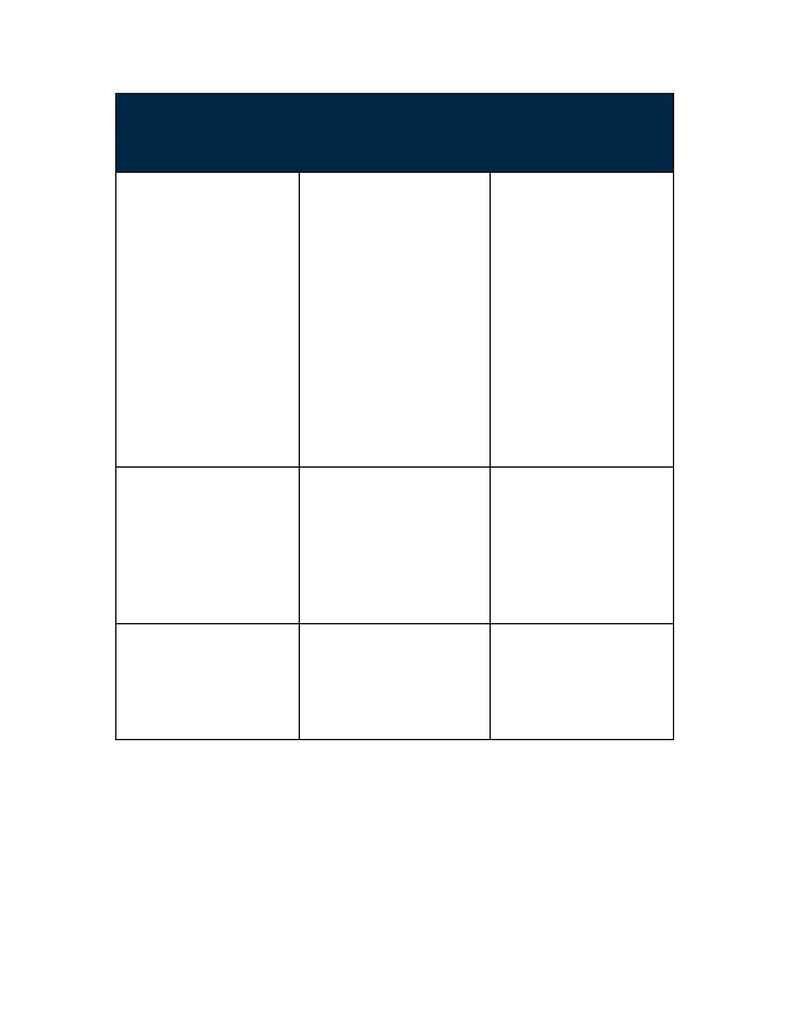
2003 American Power Conversion. All rights reserved. No part of this publication may be used, reproduced, photocopied, transmitted, or
stored in any retrieval system of any nature, without the written permission of the copyright owner. www.apc.com Rev 2003-1
7
Serviceability Imperatives
Imperative
Underlying problems
Solution Requirements
Decrease server migration delays
Problems inevitably present themselves
which further delay completion of
migrations and technology refreshes.
Working clearances are restricted at
times thereby increasing the likelihood of
fatigue, injuries or downtime.
IT equipment installations can sometimes
take 3 to 4 times longer then normal due
to rack mounting difficulties.
Rack depths should allow for ample
work room thereby decreasing the
likelihood of fatigue, injuries and
downtime.
Racks should incorporate tool-less
features such as doors with quick-
release hinge pins, quick-release side
panels, and power and cable
management,
Racks should be able to roll through a
standard door.
Mounting rails should provide square
holes instead of round tapped holes.
Front and back mounting rails should
have U heights clearly marked to
increase speed of equipment
deployment.
Racks should offer split rear doors,
"French doors", to allow more working
clearance in the aisles.
Cable management
Power and data cables can obstruct
airflow causing damage to IT equipment
that isn't properly cooled.
Difficulty in identifying power and data
cables due to "rats nest".
Raised floors make it difficult to manage
power and data cables and usually
results in old cable being left under the
floor.
Racks should be designed with
integrated channels to allow for easy
management, routing and storage of
large amounts of cable.
Data and power cables should be
routed above the rack for easy
identification and serviceability.
Power and data cables should be
stored in the rear of the rack for easy
access and management.
Standardized racks for all servers
Server manufactures often state that the
warrantee is void if a server is placed in a
rack other then their own. Apart from
aesthetics, this non-standard approach
introduces complexity due to the unique
characteristics of each rack.
Racks should exceed the server
manufacturers ventilation and depth
requirements.
Rack vendors should guarantee
compatibility with all servers.
Racks should comply with the EIA
310-D standard.
Most of the serviceability imperatives came from survey respondents that were directly involved with server
migrations and technology refreshes. It was evident that improvements in this area are highly dependant
on practical experience. Customers benefit tremendously from rack vendors who also provide cable
management and server migration services, since knowledge gained in the field is used to improve rack
designs.
